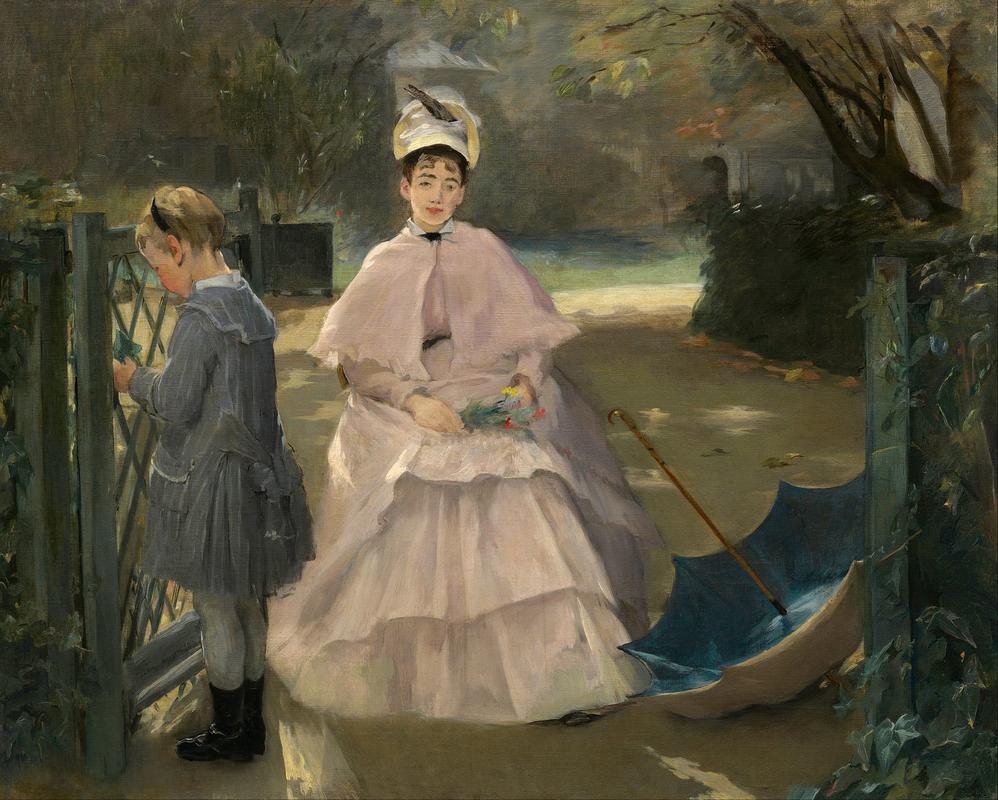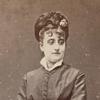More about Nanny and Child

Contributor
Nanny and Child by Eva Gonzalès is more than a cheap remake.
Eva Gonzalès was the only official student of Édouard Manet. After he made a portrait of her, he became her teacher. His work greatly influenced her art, and they both portrayed contemporary subjects in their paintings. Nanny and Child is no exception to his influence on her work, as it is an homage to Manet’s painting The Railway.
Both paintings show a nanny looking at the viewer and a child turned away from the viewer grabbing a fence. When Manet showed his piece at the Paris Salon, critics were appalled by the fact that it was a double portrait with one person turning away from the viewer. Apparently, they got used to the idea and Eva Gonzalès got some positive reviews when Nanny and Child was exhibited at the Paris Salon of 1878.
One critic liked the way Eva Gonzalès depicted nature with fast brushstrokes. Another critic though, Eugène Véron, compared the portrayal of the nanny to a Japanese print, which was not considered a good thing at the time. He did however like the composition and found the girl in the picture pretty. I’m not sure if he meant the way Gonzalès depicted the child or the appearance of the girl, which would be rather creepy.
Even though the work was inspired by Manet’s The Railway, Nanny and Child possesses its own unique qualities, such as its open space, or the mystery of what exactly the nanny is sitting on.
When Nanny and Child was first shown at the Paris Salon in 1878, it was exhibited under the title “Miss et bébé”. This alludes to the fact that the nanny is English, which signaled a family’s high social standing and wealth.
Eva Gonzalès made the work in Dieppe, a coastal commune in northern France, which is also where her family sought refuge during the Franco-Prussian war.
Sources
- Gaze, Delia. Dictionary of Women Artists. Chicago: Fitzroy Dearborn Publishers, 1997.
- Lewis, Mary Tompkins. “Women artists: Les Femmes Impressionnistes: Mary Cassatt, Eva Gonzales, Berthe Morisot.” Art Journal 53, no. 3 (Fall 1994): 90-92.
- National Gallery of Art. “Eva Gonzalès Nanny and Child.” Accessed September 23, 2022. https://www.nga.gov/collection/art-object-page.135512.html.
- Smee, Sebastian. “Eva Gonzalès was Édouard Manet’s student. This was her masterpiece.” The Washington Post, September 29, 2021. https://www.washingtonpost.com/arts-entertainment/interactive/2021/eva-….











